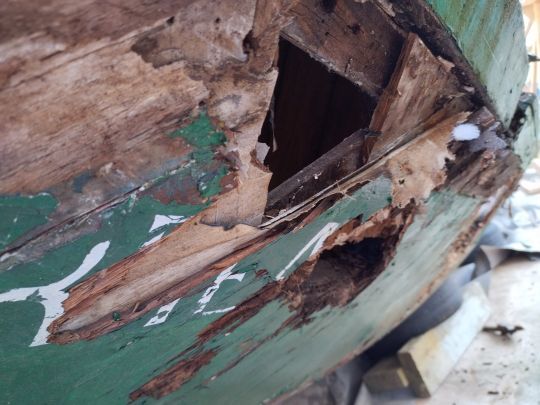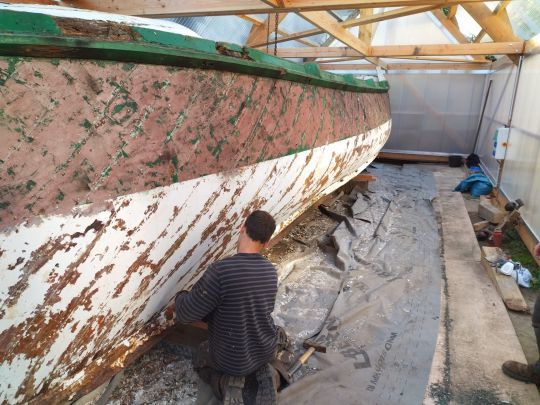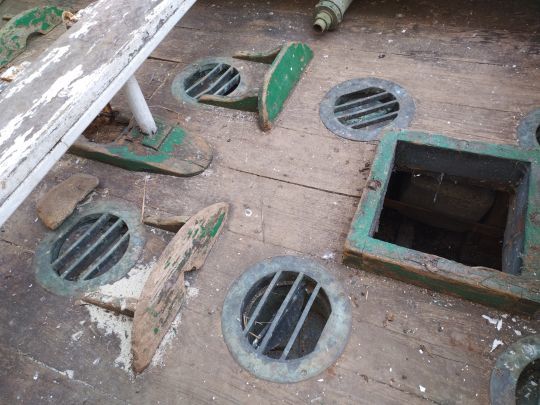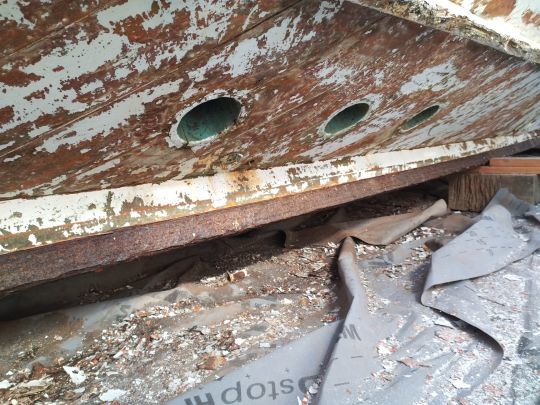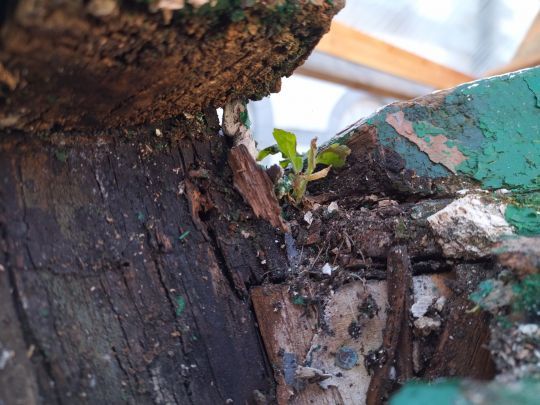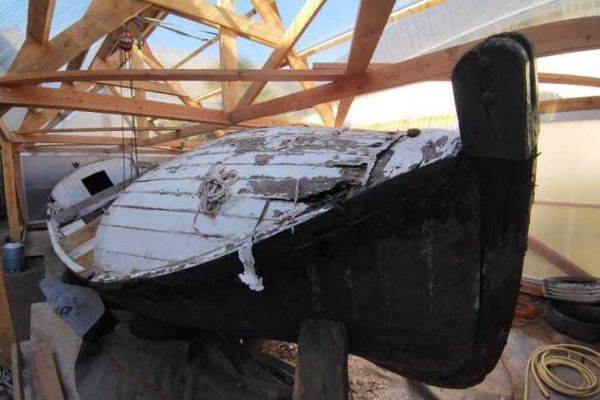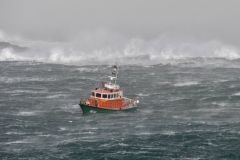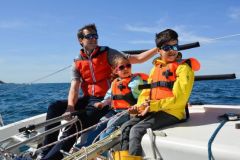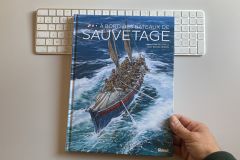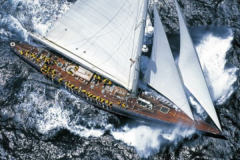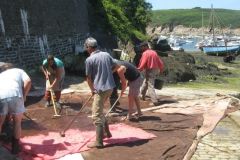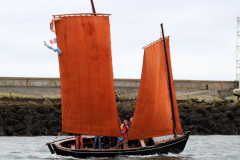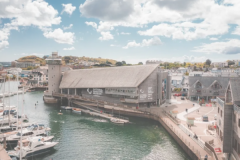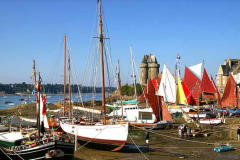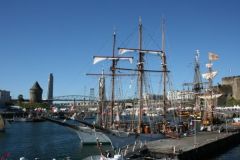A boat restoration in situ
The Commandant Garreau is one of the important pieces of the Fishing Museum of Concarneau. This rowing lifeboat, built in 1894, was given to the institution in 1985. It entered through the large portal to be exhibited in the museum's courtyard, but it can no longer be taken out due to works. But the boat exposed to the weather has suffered, and a restoration is necessary, the museum decided to conduct it on site, after having built a shelter to protect it.
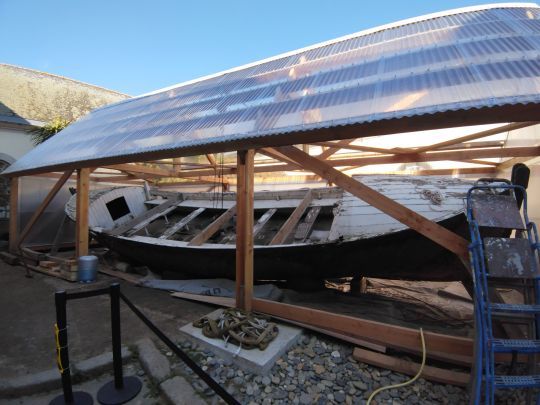
The Cornouaille carpenters, who won the contract, will send two professionals throughout the period. But in parallel, participative workcamps with the public will be proposed during the period, and students from the marine carpentry section of the Pierre Guéguin high school in Concarneau will also participate.
A boat with a multiple history
Launched in Le Havre for the Grandcamp lifeboat station in Normandy, it was transferred after the war to the Glénans school. Renamed the Grand Chose, at the heart of a series named in honor of the Petit Chose, a nod to "a small boat that can't become a sailboat" the boat was used as a training tool for the famous school before being donated to the museum.
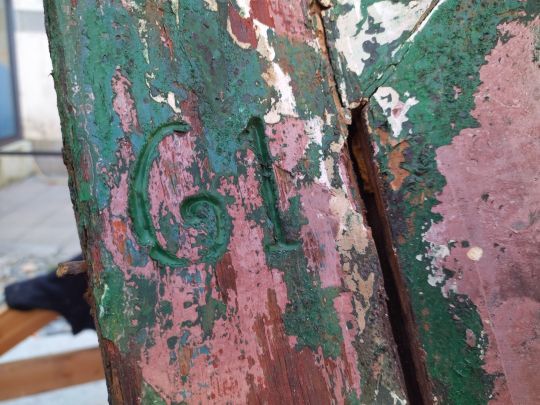
During these lives, the boat has undergone some transformations and the yard should allow us to get closer to its new state.
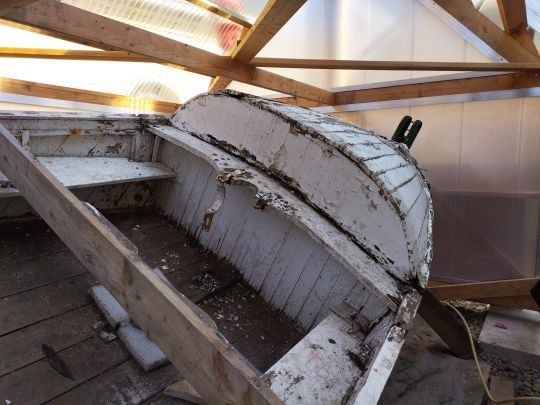
A witness to 19th century construction methods
The series of 10.10 meter canoes numbered 40, with some minimal changes. It embarked 10 rowers and a coxswain, and cost 10,000 francs at the time. A witness to the manufacturing methods of the time, the Commandant Garreau has a self-supporting hull made of double mahogany folds. A coated canvas between each ply ensured the watertightness, while internal rails stiffened the whole. It is to this planking that the carpenters will attack first, probably leaving a skinned area to visualize the method, as the boat was no longer intended to sail. They will then tackle the deck and the fore and aft peaks.
